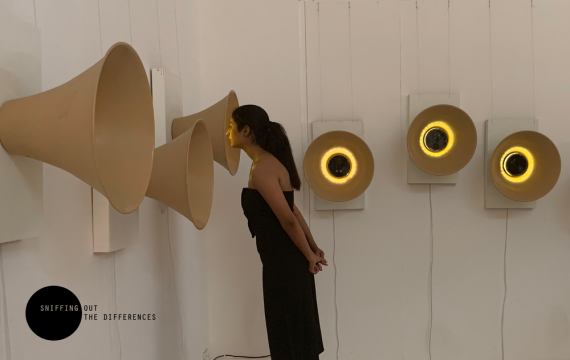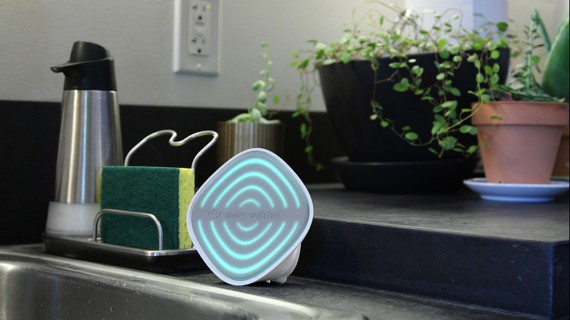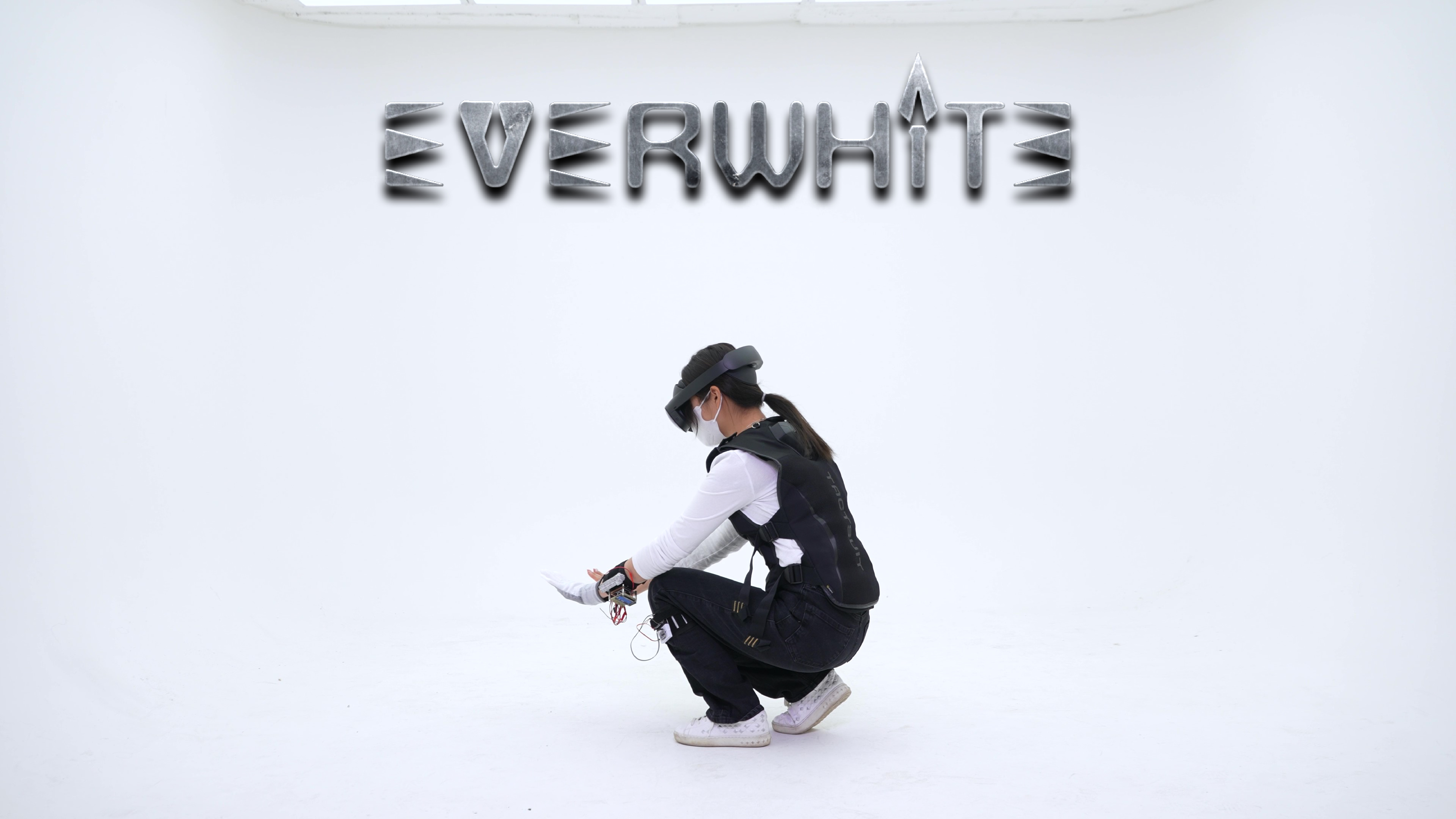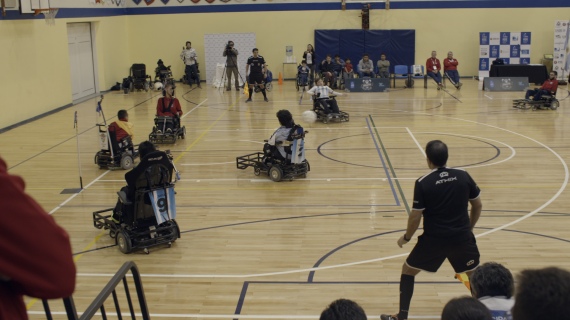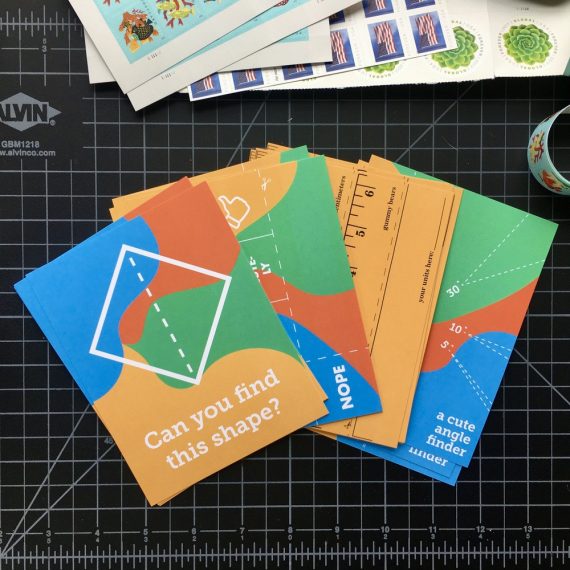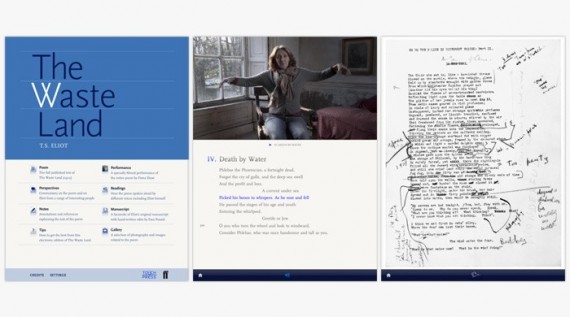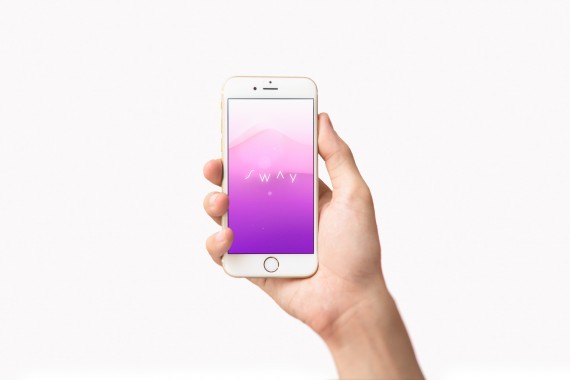form
Team
Company | Institution
Category
Type
Project description
In 2013 I attended a concert where I lost some of my high-frequency hearing and gained tinnitus due to an acoustic trauma. It completely changed the way I experienced the world and sound; as a former classical singer, that was a big shift. But as I adapted to my new sensory perception, I came to know music’s power anew, wonder how others experienced sound differently than I, and how this force could be used for healing. This curiosity eventually lead me to the music therapists and deaf and hearing-impaired patients of Elizabeth Seton Children’s.
In 2013 I attended a concert where I lost some of my high-frequency hearing and gained tinnitus due to an acoustic trauma. It completely changed the way I experienced the world and sound; as a former classical singer, that was a big shift. But as I adapted to my new sensory perception, I came to know music’s power anew, wonder how others experienced sound differently than I, and how this force could be used for healing. This curiosity eventually lead me to the music therapists and deaf and hearing-impaired patients of Elizabeth Seton Children’s.
Form was the result of our profound collaboration, and is a blanket and music-therapy tool that translates audio music into varied, haptic feedback for pediatric patients who are deaf or hearing impaired, who have varied body shapes, sizes, and abilities.
Pediatric patients who are deaf or profoundly hearing impaired rely on the tangible aspects of music to gain benefit from music therapy, a creative and clinical practice that can play a key role in their multi-faceted growth and development. However, traditional instruments were largely built for an audio, not tactile, sound experience. They were also built for body shapes, sizes, and abilities that fall towards the center of the bell curve.
Form takes a fluid and familiar shape, a blanket, to meet the varied needs of these patients and therapists for whom it was designed. It allows music therapists to use their own familiar interface, traditional instruments, gives patients with some hearing a dual experience, and gives patients who are deaf a more nuanced haptic feedback than a traditional instrument is able to. Form is, at its heart, an exercise in exploring what music feels like, but it also looks to shift all of our perspective on music, sound, and ability.
It was tricky to decide where “form” fits in these categories — it connects, and perhaps it disrupts held notions of what instruments are, but ultimately and most importantly I think it gives a tool to patients and therapists who are already connecting with one another, already disrupting our world in a wonderful way. Form simply empowered and built off of something they already had: a healing relationship through sound and music.
My own acoustic trauma was something that, at one time, made me feel broken; form and the people I collaborated with empowered me, and I hope connected all of us through experiencing sound anew. One of the music therapy interns who experienced an early prototype of form said, “…I’ve been thinking a lot more about the vibrotactile aspects of music around me, not just here, but in my daily life.”
We associate sound with listening, but it is as physical as audial; our world simply hasn’t been built for those who primarily feel it. While form was built to empower a small group, my hope and experience is that it also empowers those who come in contact with it to think about how we might build and experience our world differently for everyone.
In 2013 I attended a concert where I lost some of my high-frequency hearing and gained tinnitus due to an acoustic trauma. It completely changed the way I experienced the world and sound; as a former classical singer, that was a big shift. But as I adapted to my new sensory perception, I came to know music’s power anew, wonder how others experienced sound differently than I, and how this force could be used for healing. This curiosity eventually lead me to the music therapists and deaf and hearing-impaired patients of Elizabeth Seton Children’s.
Form was the result of our profound collaboration, and is a blanket and music-therapy tool that translates audio music into varied, haptic feedback for pediatric patients who are deaf or hearing impaired, who have varied body shapes, sizes, and abilities.
Pediatric patients who are deaf or profoundly hearing impaired rely on the tangible aspects of music to gain benefit from music therapy, a creative and clinical practice that can play a key role in their multi-faceted growth and development. However, traditional instruments were largely built for an audio, not tactile, sound experience. They were also built for body shapes, sizes, and abilities that fall towards the center of the bell curve.
Form takes a fluid and familiar shape, a blanket, to meet the varied needs of these patients and therapists for whom it was designed. It allows music therapists to use their own familiar interface, traditional instruments, gives patients with some hearing a dual experience, and gives patients who are deaf a more nuanced haptic feedback than a traditional instrument is able to. Form is, at its heart, an exercise in exploring what music feels like, but it also looks to shift all of our perspective on music, sound, and ability.
It was tricky to decide where “form” fits in these categories — it connects, and perhaps it disrupts held notions of what instruments are, but ultimately and most importantly I think it gives a tool to patients and therapists who are already connecting with one another, already disrupting our world in a wonderful way. Form simply empowered and built off of something they already had: a healing relationship through sound and music.
My own acoustic trauma was something that, at one time, made me feel broken; form and the people I collaborated with empowered me, and I hope connected all of us through experiencing sound anew. One of the music therapy interns who experienced an early prototype of form said, “…I’ve been thinking a lot more about the vibrotactile aspects of music around me, not just here, but in my daily life.”
We associate sound with listening, but it is as physical as audial; our world simply hasn’t been built for those who primarily feel it. While form was built to empower a small group, my hope and experience is that it also empowers those who come in contact with it to think about how we might build and experience our world differently for everyone.


